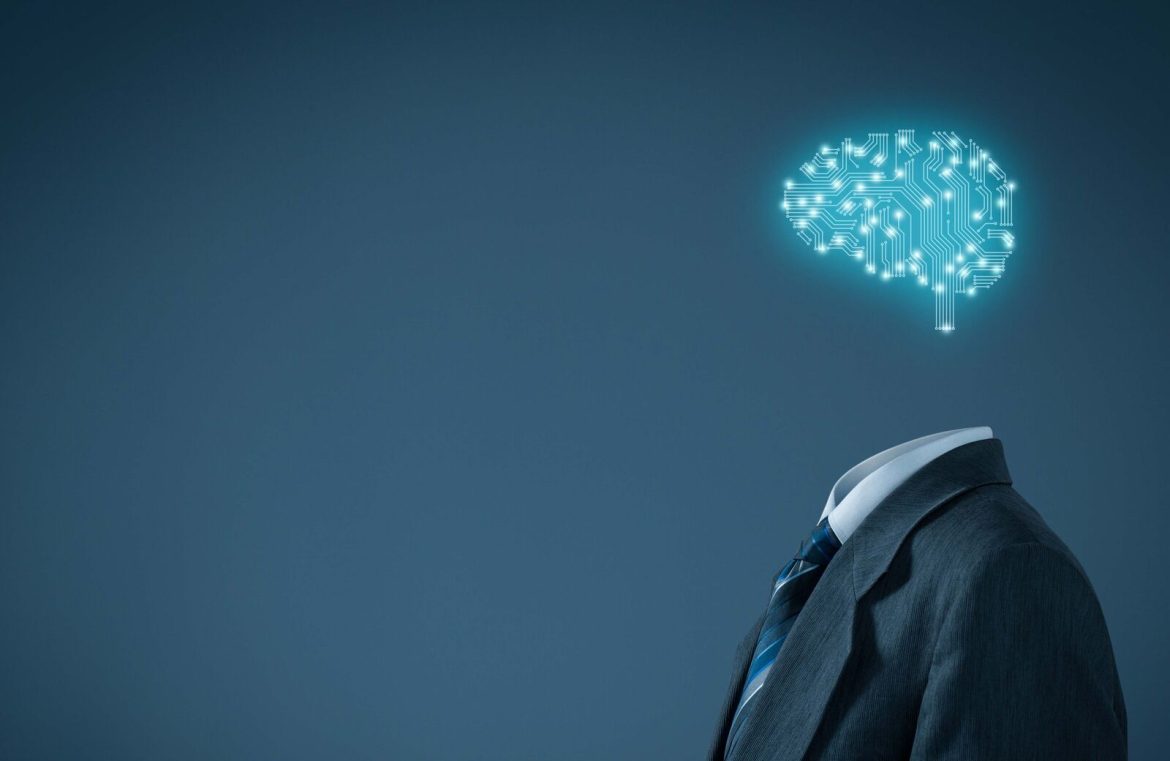The Evolving Landscape of AI in Design
AI’s role in design is significant and adopting this technological wave is beneficial—ignoring the alluring efficiency it brings could be a misstep. However, the fear of AI taking over the design profession is still premature. Instead, AI-based tools augment our capabilities, speeding up tasks that, while tedious, required a discerning human touch. Think of AI as your design assistant, selecting color schemes, suggesting website layouts, or forecasting the impact of your visual elements.
1. The End of The Blank Canvas Syndrome
Initiating any creative endeavor can be the most daunting task. Staring at a blank canvas, or in this case, a blank digital workspace can be paralyzing. Luckily, AI web design tools offer a starting block, harnessing content from your social media or competitors to propose designs suited to your brand. These tools provide more than just visual pleasure; they gear designs towards your industry and audience, enabling you to dedicate more energy towards enhancing the user experience.
2. Streamlined Logo Development
The to-and-fro of client discussions and the iterative process of logo design can be exhausting. AI’s promise in this space is to transform logo creation into a semi-automated dance, churning out several logo options in moments. This doesn’t render your expert touch obsolete, rather, it provides a robust foundation from which to refine and personalize, saving you precious hours across multiple projects.
3. Effortless Selection of Color Palettes
AI’s capacity to generate a myriad of harmonious color schemes within seconds can liberate designers from the laborious task of sifting through color swatches. This time-saving tool allows for more focus on design elements that enhance the storytelling and emotional connection with the audience.
4. Data-Driven User Experience Insights
AI’s true forte lies in its ability to distill actionable insights from vast amounts of data. For designers, this heralds a shift in decision-making from gut intuition to data-driven strategies, ensuring design choices are aligned with user behavior patterns and conversion metrics.
5. Targeted Direction for Digital Advertising Campaigns
With AI algorithms at the helm, predicting the success of visual campaigns and digital ads before they even launch is becoming reality. This prescience could reduce the reliance on traditional A/B testing, streamlining the campaign optimization process.
Conclusion
The drumbeat of AI might seem intimidating, especially amidst stories of it replacing the most routine jobs. Yet, when it comes to marrying creativity with data analytics to truly understand and engage an audience—AI is no substitute for the human designer’s touch. The extent of AI’s influence on web design remains fluid, but it’s clear that embracing AI can enhance one’s work horizon. The fusion of complex AI and creative human design is a frontier yet to be fully explored, but it’s certain that today’s forward-thinking companies are eager to lead the charge in this promising symbiotic relationship.

